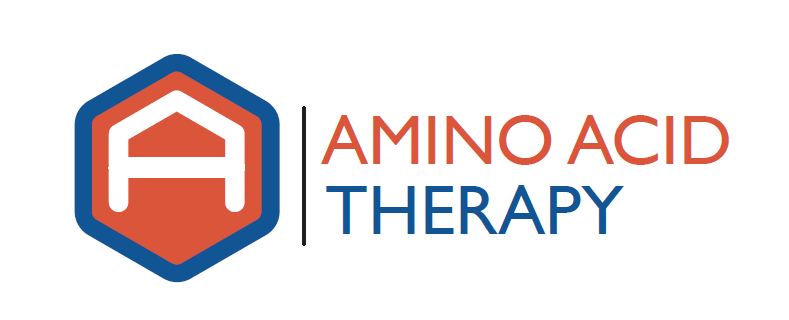In Part 1 of this series, we discussed how post-synaptic neuronal damage – as opposed to low levels of neurotransmitters – is the real cause of symptoms related to neurotransmitter imbalance. Part 2 detailed how to overcome that post-synaptic damage to restore proper neurotransmitter function using specialized testing called OCT Assay Interpretation. This post outlines how OCT Assay Interpretation fits into an overall blue-print to restore proper neurotransmitter function using amino acid therapy.
The Proper Approach
Baseline testing in amino acid therapy is of no use because the OCT2 transporter must be put in a state of “competitive inhibition” in order to get clinically useful results. Therefore, the proper approach when using amino acid therapy to resolve underlying neurotransmitter imbalance(s) is to:
- Start a balanced dose of amino acids.
- Run an OCT Assay Interpretation test after one week.
- Use the test results to modify amino acid therapy recommendations and conduct follow up testing after one week.
- Repeat until you achieve either (1) a complete resolution of symptoms or (2) serotonin and dopamine levels in phase 3 optimal ranges.
The real key with using amino acid therapy is to work with a health care provider that has experience working with neurotransmitter imbalances. If you don’t have a provider near you, please contact us. We’ve worked with over 1000 people worldwide using amino acid therapy to correct underlying neurotransmitter imbalances and we’d love to help you eliminate your symptoms using amino acid therapy.

